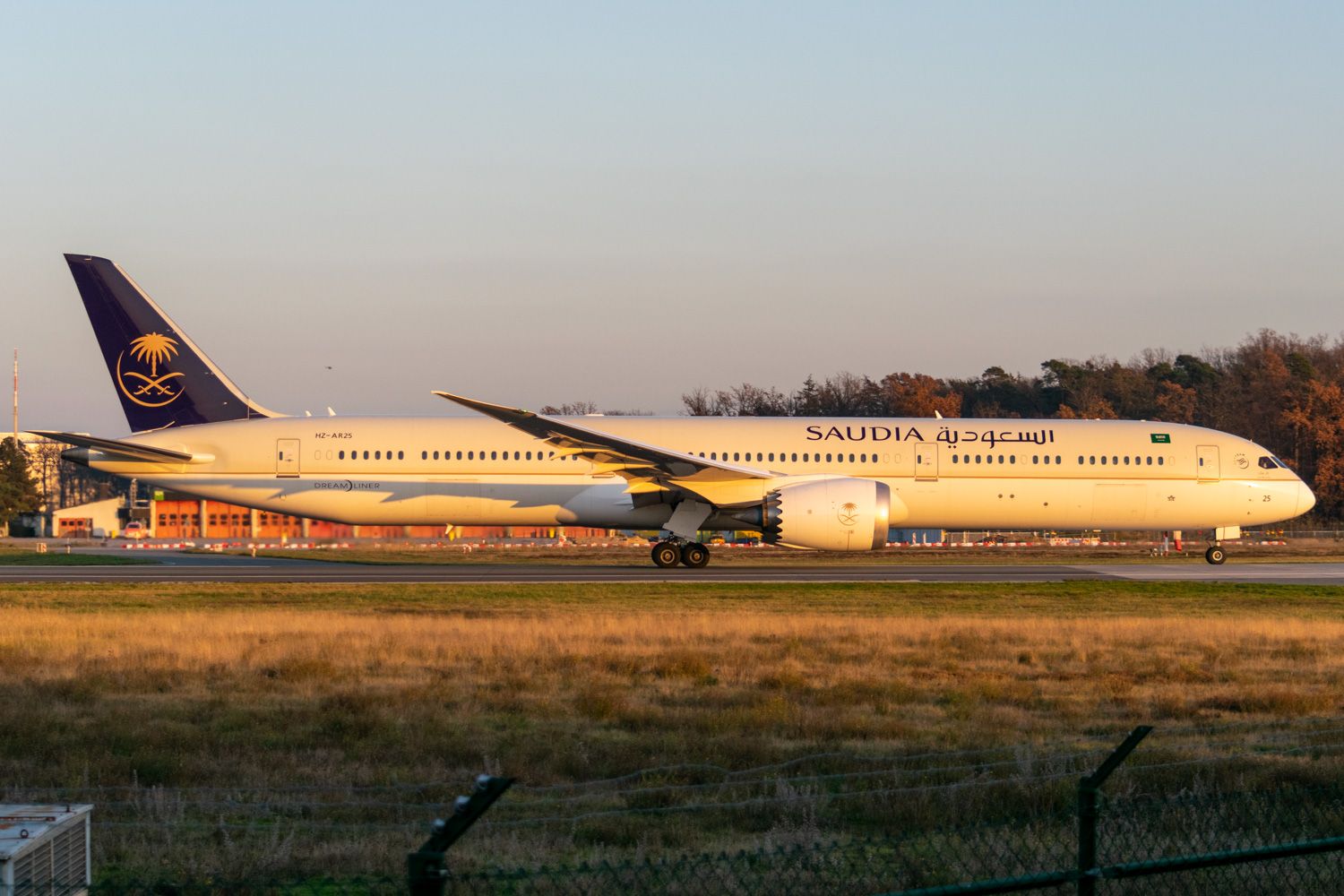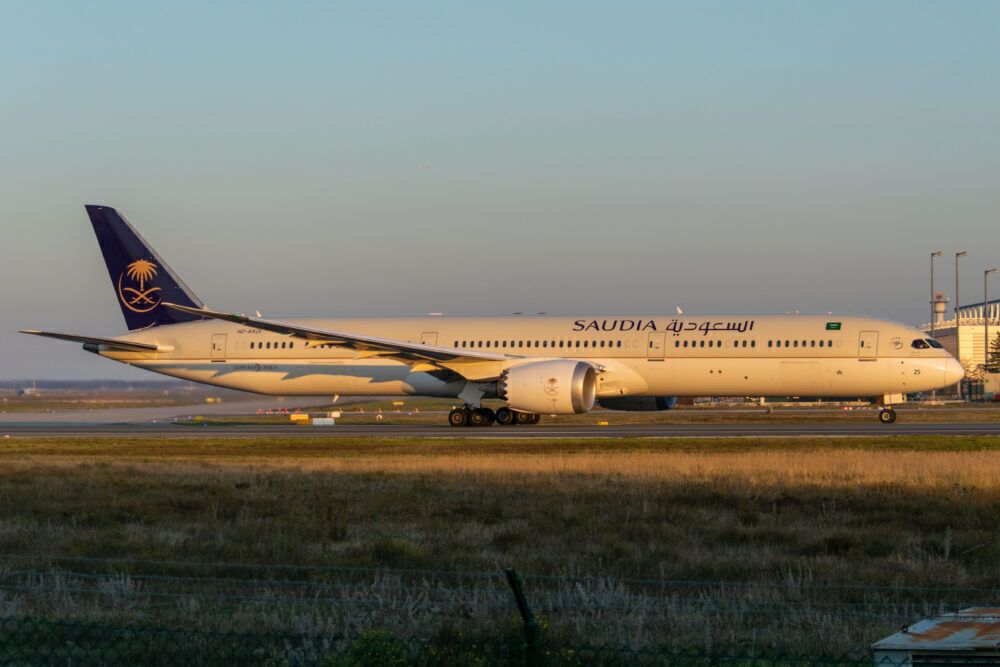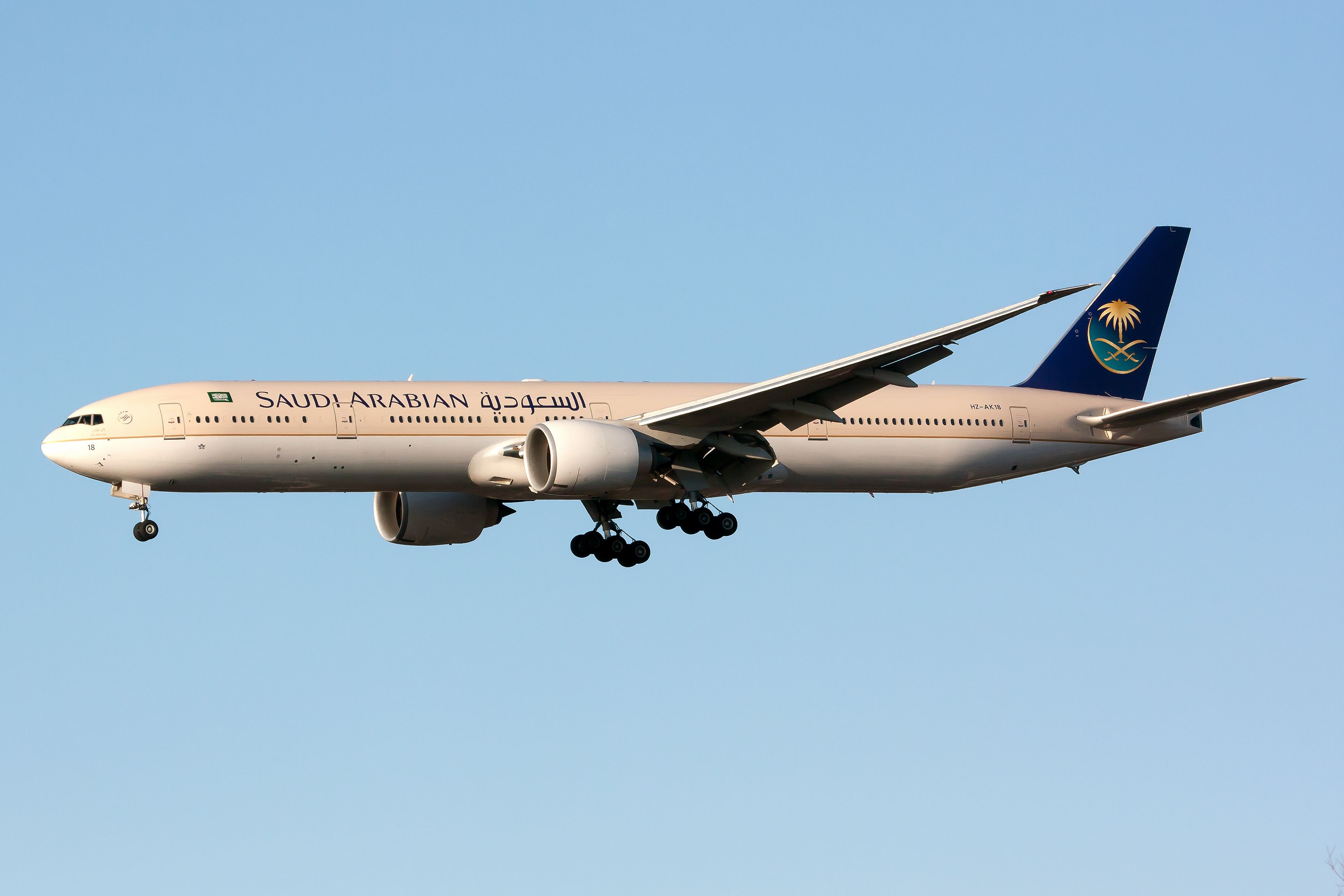Mercedes AMG Petronas may have invested in sustainable aviation fuel for its Formula One racing team personnel. However, it is not the only race-related aviation sustainability effort making headlines. In connection with the 2022 Sabic London E-Prix race weekend, Saudia has offset all the CO2 emissions from its flights from Riyadh and Jeddah to London Heathrow.
Accelerating sustainable human progress
Over the last weekend of July, the race was on for the drivers of Formula E around London’s Royal Docks and ExCeL exhibition center, with Brazilian Lucas di Grassi once again emerging at the front of the pack. Formula E, or as it is officially called, the ABB FIA Formula E World Championship, is a single-seater motorsport championship for electric cars. While Emirates and other commercial carriers such as Singapore Airlines sponsor its more eponymous championship sibling, Formula One, Saudia is an official airline partner of Formula E.
As one of the missions of Formula E is to "accelerate sustainable human progress through the power of electric racing," it makes sense that its official airline partner would also begin to hone in on the message. As such, Saudia offset the emissions from the whole weekend schedule of flights from Riyadh and Jeddah in Saudia Arabia to London Heathrow in the UK in honor of race weekend.
Benefiting renewable energy project
The offsetting covered all the "unavoidable Scope 1 carbon emissions" from the flights, which were operated by the airline's Boeing 787-10 Dreamliner aircraft from Jeddah and a Boeing 777-300ER from Riyadh. Furthermore, the measures included mitigating radiative forcing impacts by a factor of 1.9 (more on this further on in the article.) With a flight time of 6 hours and 55 minutes from Riyadh and 6 hours and 15 minutes from Jeddah, the airline says the routes were among the longest carbon-neutral flights worldwide.
The offsets were provided in collaboration with New Zealand-based CarbonClick, which has also previously collaborated with the airline for its contribution to the SkyTeam Sustainable Flight Challenge earlier this year. They benefited a Gold Standard approved and CORSIA-certified wind power carbon offsetting scheme in India. This will replace carbon-intensive coal-powered electricity with clean, renewable wind power for the grid, fitting for the Formula E and thus renewable electricity theme.
Discover more aviation news here.
Non-CO2 effects mitigation
So what exactly is meant by "radiative forcing"? In the words of MIT, it is what happens when the amount of energy that enters the earth’s atmosphere is different from the amount of energy that leaves it. Aviation contributes to radiative forcing (or climate forcing as it is also called) through the emission of gases and aerosols, but also through changing cloud abundance, trapping heat that would otherwise have escaped out from the atmosphere.
This is included in what is called the non-CO2 climate impact of aviation. While there is yet no set standard to calculate its precise effect, research from 2021 suggests aviation has contributed approximately 4% to human-induced global warming to date, despite being responsible for only 2.4% of global annual emissions of CO2.
Source: Environmental Research Letters



